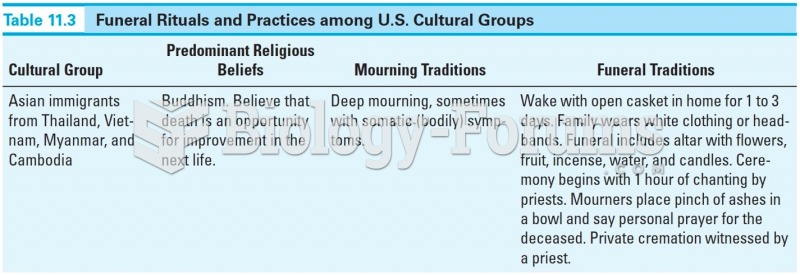|
|
|
For about 100 years, scientists thought that peptic ulcers were caused by stress, spicy food, and alcohol. Later, researchers added stomach acid to the list of causes and began treating ulcers with antacids. Now it is known that peptic ulcers are predominantly caused by Helicobacter pylori, a spiral-shaped bacterium that normally exist in the stomach.
In the United States, an estimated 50 million unnecessary antibiotics are prescribed for viral respiratory infections.
Medication errors are three times higher among children and infants than with adults.
Blood is approximately twice as thick as water because of the cells and other components found in it.
After 5 years of being diagnosed with rheumatoid arthritis, one every three patients will no longer be able to work.






